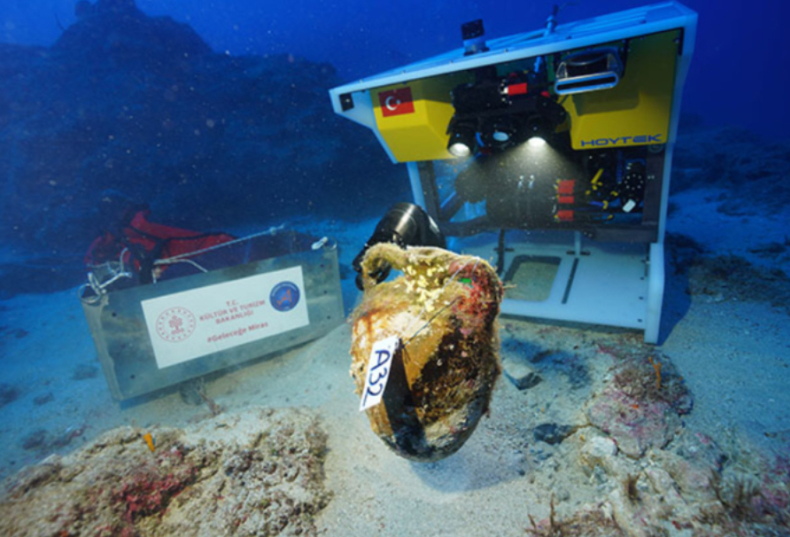
1100-Year-Old Mystery Unveiled: Rare Sealed Amphora Discovered on Turkish Shipwreck
Underwater excavations off the coast of Kaş, Antalya, in southwestern Türkiye, continue to yield fascinating insights into ancient Mediterranean seafaring and trade. A team led by Associate Professor Dr. Hakan Öniz from Akdeniz University has been exploring a shipwreck dating back 1,100 years to the Abbasid rule (9th-10th centuries). The discoveries highlight the crucial role of olives for ancient sailors and have unearthed a remarkably well-preserved, sealed amphora, igniting excitement among archaeologists.
The excavation, a part of the Ministry of Culture and Tourism’s “Legacy for the Future Project,” employed advanced underwater robots to meticulously survey the wreck, which lies at a depth of 45-50 meters near Besmi Island.
The shipwreck’s cargo was identified as primarily olive oil. Based on historical accounts and the typology of the recovered amphorae, the vessel is believed to have sailed from the Gaza coast of Palestine before succumbing to a storm off the shores of Kaş. Dr. Öniz pointed out that while such amphorae are documented in literature, this marks their first physical discovery within amphorae in Türkiye.
Dr. Öniz emphasized the enduring significance of olives as an “indispensable food of sailors in the Mediterranean” for approximately 5,000 years, tracing back to the Bronze Age. Their non-perishable nature made them an ideal provision for lengthy sea voyages. Submerged in seawater within the amphorae, olives would become palatable within a week and could remain edible for months without spoiling, serving as a vital food source alongside staples like wheat and even live animals transported onboard.
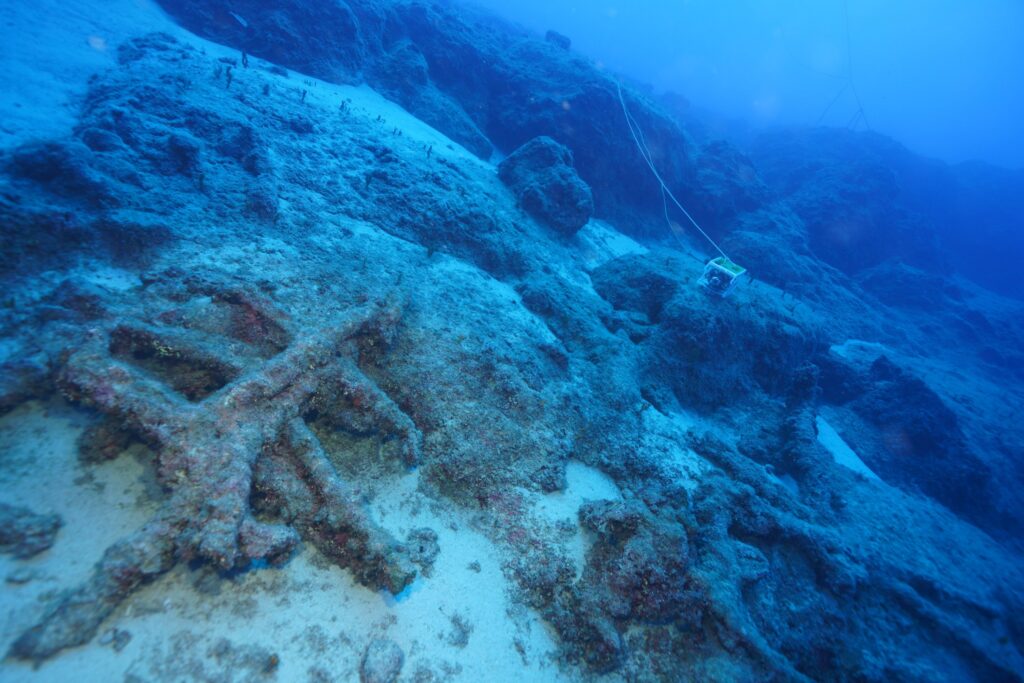
Adding to the intrigue of the site, the team also unearthed a remarkably well-preserved, sealed amphora. This unique find has generated considerable anticipation, as its contents have remained untouched and unknown for over a millennium beneath the sea.
Following its careful retrieval from the seabed, the amphora underwent meticulous examination at Akdeniz University’s Underwater Archaeology Laboratory in Kemer. Experts painstakingly opened the ancient seal, a delicate process that took approximately an hour, and are now conducting analyses on samples of the contents.
Dr. Öniz theorized that the trade vessel likely made stops at multiple ports, carrying not only the valuable olive oil from Gaza, a key export of the era, but also potentially wine, possibly originating from the Tekirdağ Şarköy-Gaziköy region of Thrace. He speculated that this wine might have been intended for immigrants, Christian pilgrims traveling to Jerusalem, or as gifts for visitors, given the limited local consumption of wine in Palestine at the time.
The fact that the amphora remained sealed for over a thousand years makes this discovery particularly unique and scientifically valuable. The potential contents could range from remnants of olives (pits, oil) or wine to even more unexpected substances like ancient fish sauce or other preserved goods.
Professor Meltem Asiltürk Ersoy from Akdeniz University’s Department of Materials Science and Engineering highlighted the complexities of analyzing organic material after such a prolonged period in the marine environment, noting that a series of sophisticated analyses will be necessary to understand the chemical transformations that may have occurred.
Restorer conservator Rabia Nur Akyüz detailed the meticulous process of handling the fragile amphora, ensuring it remained consistently wet to prevent further degradation.
As the Akdeniz University underwater archaeology team continues their work at this significant shipwreck site, the fascinating findings are slated for display in the upcoming Mediterranean Underwater Archaeology Museum in Kemer. These discoveries promise to further enrich our understanding of ancient trade networks, maritime history, and the culinary practices of those who navigated the Mediterranean Sea centuries ago. The eagerly awaited analysis of the sealed amphora’s contents holds the potential for even more groundbreaking revelations about the cargo and the commercial activities of this bygone era.
Cover Image Credit: Department of Cultural Heritage Conservation and Restoration at Akdeniz University
You may also like
- A 1700-year-old statue of Pan unearthed during the excavations at Polyeuktos in İstanbul
- The granary was found in the ancient city of Sebaste, founded by the first Roman emperor Augustus
- Donalar Kale Kapı Rock Tomb or Donalar Rock Tomb
- Theater emerges as works continue in ancient city of Perinthos
- Urartian King Argishti’s bronze shield revealed the name of an unknown country
- The religious center of Lycia, the ancient city of Letoon
- Who were the Luwians?
- A new study brings a fresh perspective on the Anatolian origin of the Indo-European languages
- Perhaps the oldest thermal treatment center in the world, which has been in continuous use for 2000 years -Basilica Therma Roman Bath or King’s Daughter-
- The largest synagogue of the ancient world, located in the ancient city of Sardis, is being restored

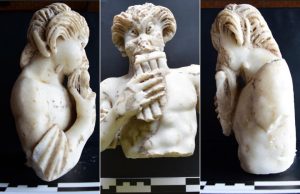
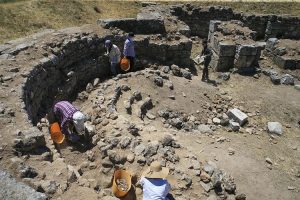
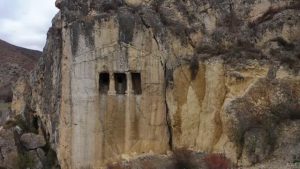
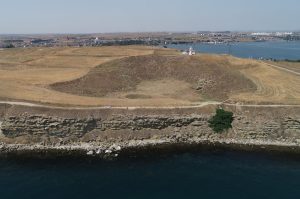
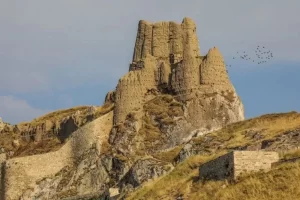



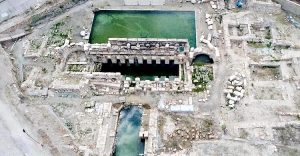
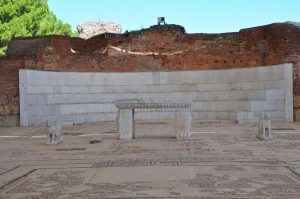
Leave a Reply